
|
|
|
|
|
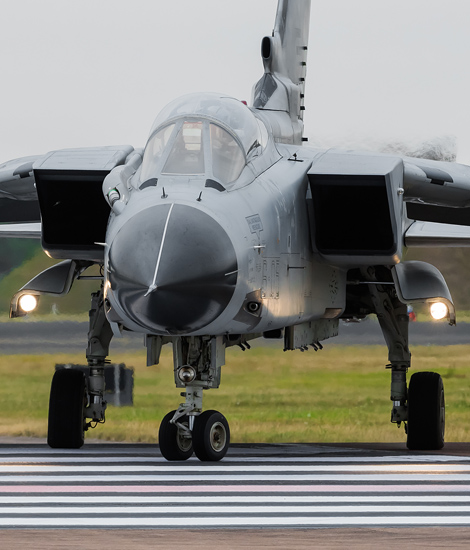
|
The Textron AirLand Scorpion; RAF Fairford, July 19 & 20, 2015
The Royal International Air Tattoo, part 3; Text and Photograph's by Alex van Noye
In 2011 a draft was prepared by the consortium between Textron and Airland for a cheap combat aircraft. The aircraft would become known as the Scorpion and is suitable for the Interdiction, Surveillance & Reconnaissance role. The aircraft should be a cheap alternative to the often expensive combat aircraft.
The Textron AirLand Scorpion is an American lightweight attack aircraft which is also suitable for reconnaissance and observation tasks. The aircraft is being developed in a partnership between Textron and AirLand Enterprises. The prototype aircraft was in secrecy been built by Cessna in the Wichita factory in Kansas between April 2012 and September 2013. The prototype of the Scorpion made its first test flight on December 12, 2013. In 2011, a concept was made by the consortium for a tactical aircraft which would be very inexpensive to purchase and maintain. The initial design of the Scorpion had initially only one engine. The final design would be an aircraft with two engines and a tandem cockpit. The aircraft was built under the codename SCV12-1. The production team of the prototype consisted of a team of 200 employees. Unlike many other aircraft, the design of the Scorpion was made after a survey on the needs of potential customers. Production of the prototype was deliberately kept secret to keep competitors in this market at a disadvantage. A lot of components and techniques of Cessna were used in the design of the Scorpion. The design of the Scorpion was finally shown to the world on September 16, 2013. In 2014, the expectation was that the time between development and product maturity would take about four to five years. When a suitable client would be found, the Scorpion could already go into production in 2015.
The fuselage of the Scorpion is made of light composite materials. The production costs should be minimized by building the aircraft with existing techniques and components which are used in the Cessna business jets. Textron AirLand called the Scorpion an ISR (Interdiction, Surveillance & Reconnaissance) aircraft instead of a light attack aircraft. The aircraft is designed to fly unusual ISR flights which are now carried out by fighters in Iraq and Afghanistan. The Scorpion is built to fly armed reconnaissance flights cheaply at an altitude of 15000 ft. The aircraft is cheap in its
|
|
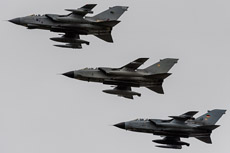
|
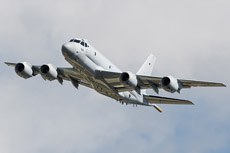
|
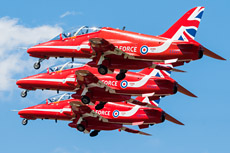
|
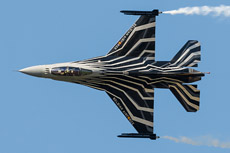
|
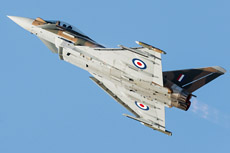
|
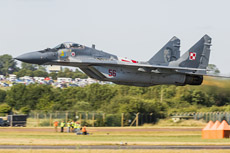
|
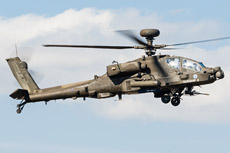
|
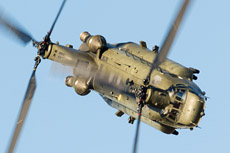
|
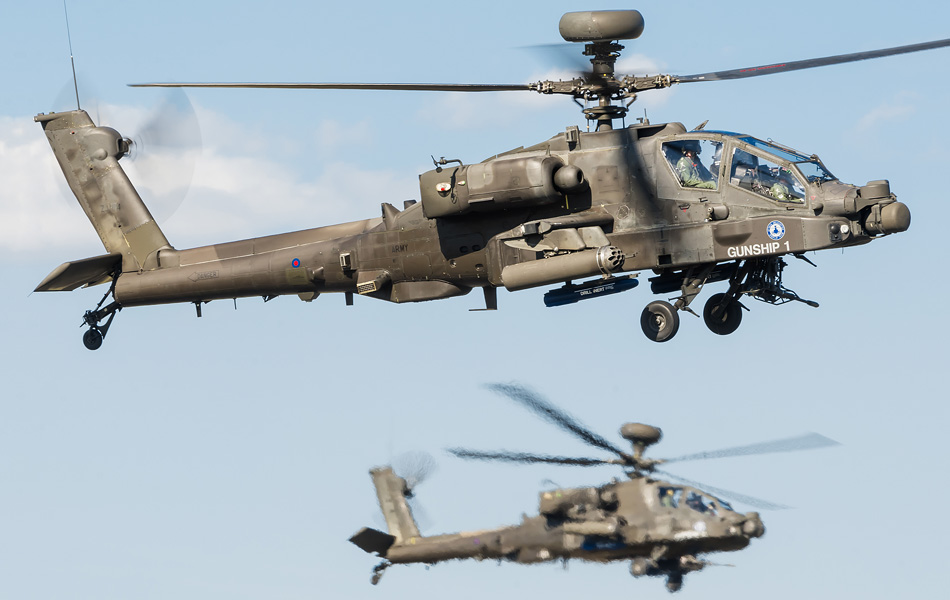
|
efforts and costs only 3000 dollars per flight hour. The initial costs of a Scorpion will remain cheap by the design under the 20 million dollars per aircraft. The Scorpion has a full glass cockpit with modern flat-panel displays. The aircraft has no fly-by-wire system to keep the costs low. The prototype is powered by two Honeywell TFE731 turbofans with a capacity of 3600 kg. The Scorpion is able to carry more than 1400 kg of weapons or reconnaissance equipment in the internal weapon compartment in the fuselage. The main wings are straight and have a wingspan of 14.4 meters. The external hardpoints under the wings have a maximum capacity of 2800 kg. The aircraft has two suspension points under each wing. As of August 23, 2014 the Textron AirLand Scorpion is officially listed in the US Air Force TX trainer program.
The pre-flight taxi tests were successfully completed on November 25, 2013. The Scorpion eventually made its first flight on December 12, 2013. The first test flight lasted 1.5 hours. The first test flight finally took place just 23 months after the aircraft was designed as a concept. The operational certification program will be completed within two years. During the first twelve months of the test program, more than 500 flight hours were made with the Scorpion. The aircraft has among others already flown at an altitude of 9100 meters at a speed of 570 km/h. The top speed which was measured until now was more than 800 km/h. The aircraft has been shown to attract the G-forces of +3.7G to -0.5G. Other tests included single-engine climb flights and an inflight engine failure. The pilots reported during these actions that the Scorpion had good handling characteristics and engine power was always very good. The Scorpion has a good maneuverability at low air speeds. After a few minor maintenance issues a number of small adjustments have been made to the aircraft. The Scorpion was in 2014 first shown publicly at the Farnborough International Airshow. In August 2014, the Scorpion was deployed in a scenario in which the Search and Rescue operations were performed. A Textron pilot circled around for several hours in an area in which all movements were monitored in the area. The US Air National Guard was excited when the reconnaissance capabilities of the aircraft were shown during these actions.
The Scorpion has a number of features which will meet the requirements of the US Air National Guard. The aircraft is ideal for search actions after a natural disaster, for sovereignty patrols and light attack actions. The aircraft could act well at the US Air Force as a cheap solution alongside the expensive Lockheed Martin F-35 Lightning II. Besides the JSF also the Scorpion can act in the close air support role as the replacement of the Fairchild A-10 Thunderbolt. However, it is still uncertain whether the Scorpion is a cheaper solution than the various turboprops which are offered for this role. According to critics, the Scorpion has a small chance to survive on this market. Textron believes in a market for a cheap attack jet which can be used for tasks such as border patrol, maritime surveillance, disaster assistance, drug interceptions and air defense operations. On May 18, 2014, the Swiss voters rejected the proposal to purchase the Saab Gripen. For the replacement of the F-5 Tiger Textron suggested the Scorpion as a cheap replacement for the Swiss Air Force. The aircraft would be cheaper than the Gripen and is able to take over 90% of the tasks of the F-5 Tiger. The Scorpion is so far not offered to the Swiss Air force. In November 2014, the Scorpion was also offered to the Air Force of Nigeria in the fight against the terror group Boko Haram. The Scorpion was here offered in the role as a reconnaissance aircraft which can operate in conjunction with the light attack role. Earlier the delivery of attack helicopters to the country was discarded. The delivery of the Scorpion can also be stopped on political concerns. Also in South America, the Scorpion can potentially be employed.
|
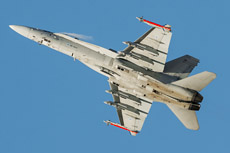
|
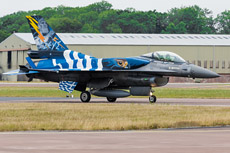
|
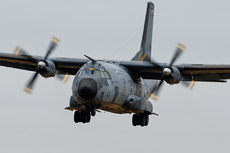
|
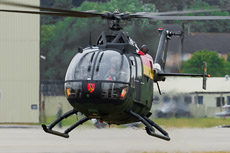
|
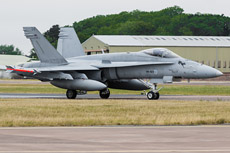
|
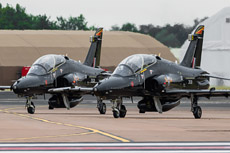
|
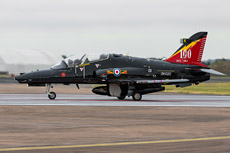
|
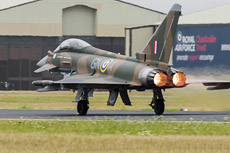
|
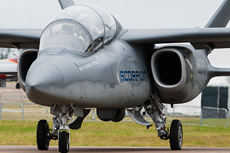
|
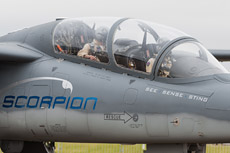
|
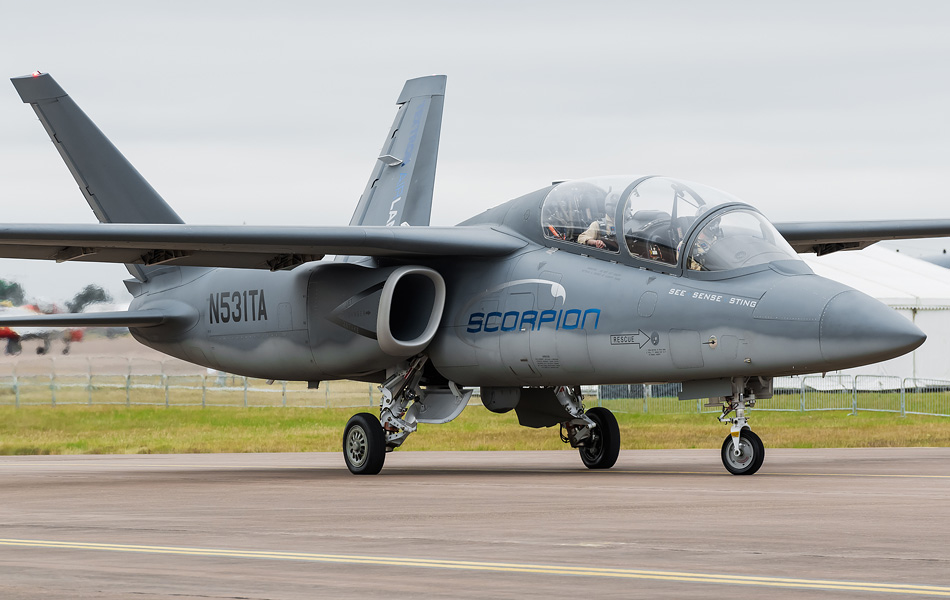
|
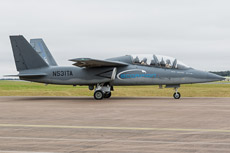
|
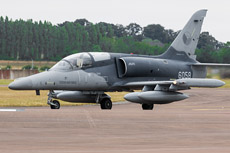
|
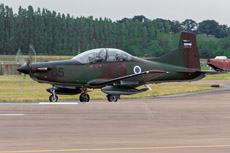
|
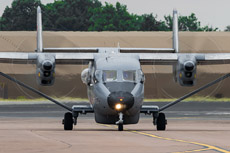
|
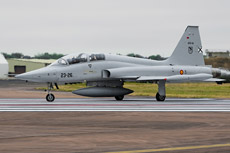
|
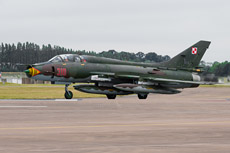
|
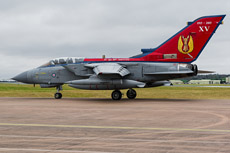
|
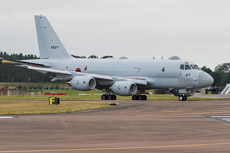
|
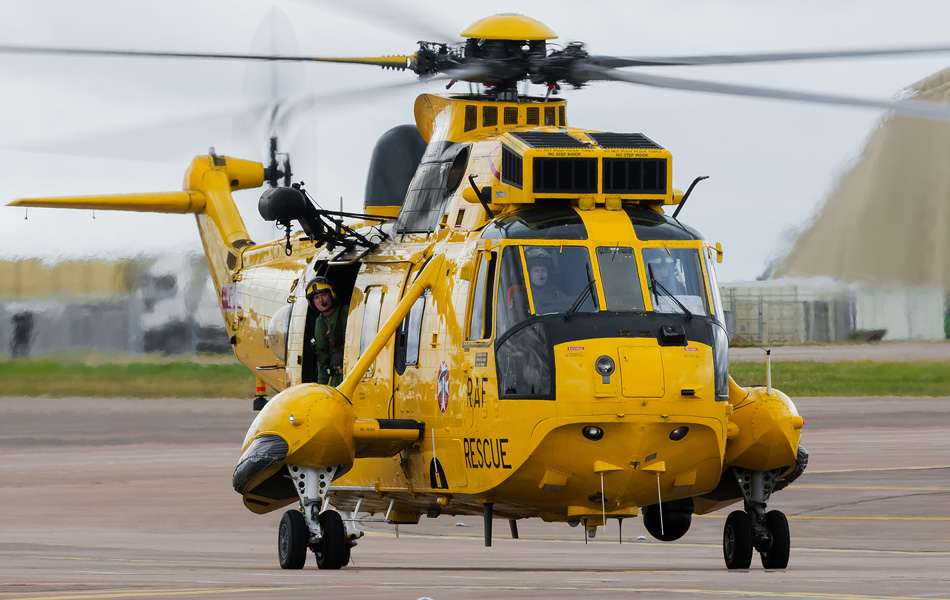
|
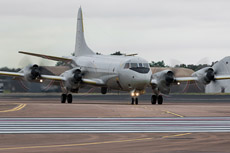
|
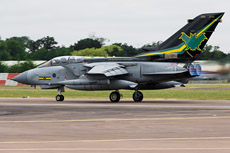
|
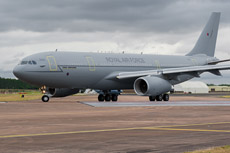
|
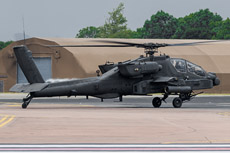
|
|
|

|







